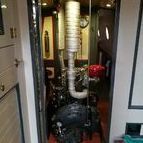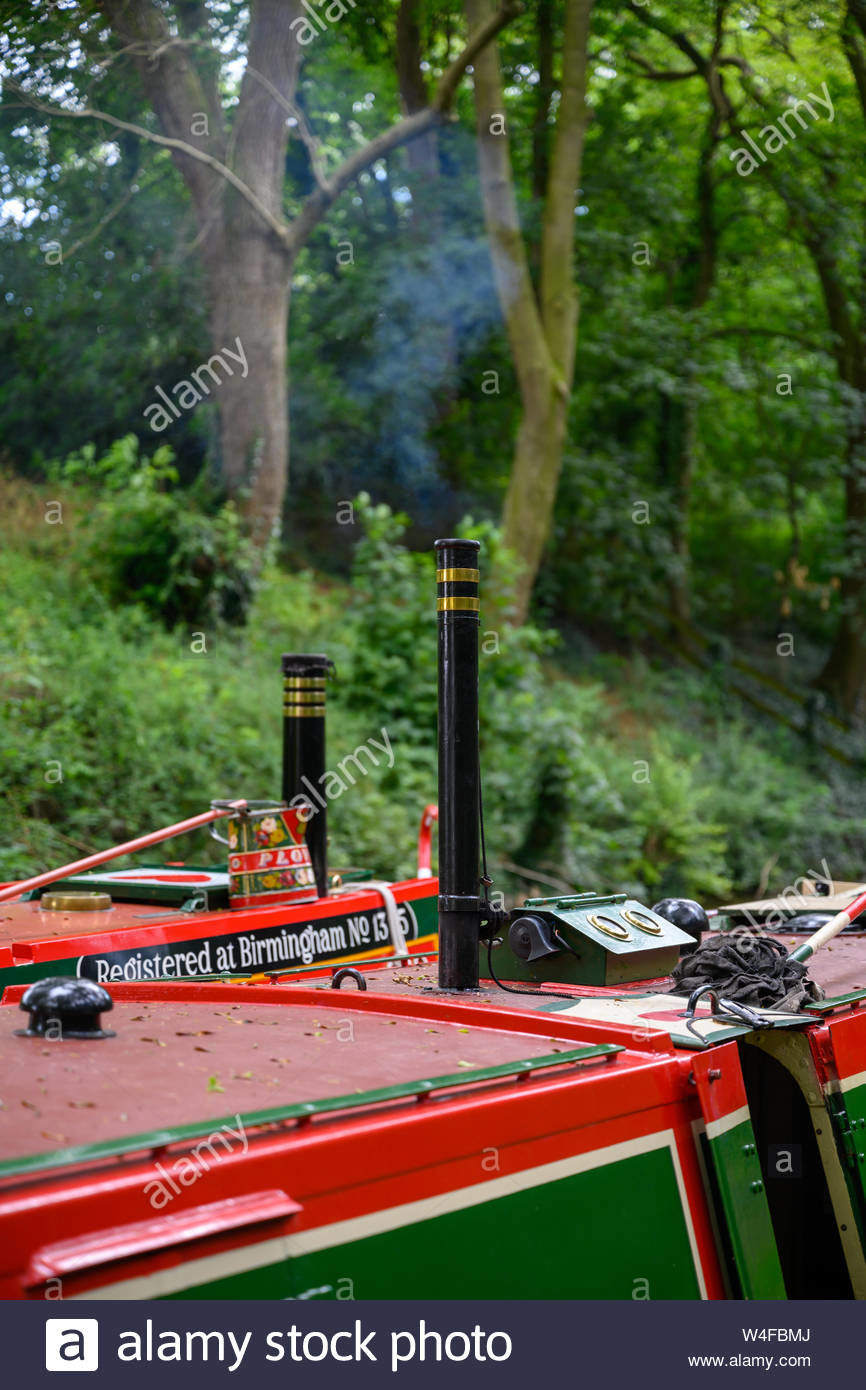-
Posts
553 -
Joined
-
Last visited
Content Type
Profiles
Forums
Events
Gallery
Blogs
Store
Everything posted by Felshampo
-
I have read several threads about smelly toilets but don't think they are like my problem. We have a bog standard set up with a macerator toilet feeding a large tank under the floor in the back cabin. All was working fine until one day in August the macerator stopped working. Took the pump off to find it was seized up. It had always seemed noisy so we think it may have been abused in its past as we had been very careful what we put down it. Anyway I bought a new pump and it all worked fine, only quieter. Then a few weeks latter we got a terrible smell in the toilet area. At first I feared a pipe had come loose but checked the ones I had taken off when replacing the pump and they were fine. Smell went away. But this happened again a couple of weeks later. It now seems to happen about once a week. We live on board so use the toilet several times a day. I have checked the vent pipe from the skin fitting by running water through it and that isn't blocked. It seems that the toilet is just as effective as a vent so should we be keeping water in it to stop this smell? Like the u-bend in a house toilet. We didn't do this before and never got a smell and we had the boat for a year before the pump failed. When I put the new pump on the pipe seal had a rubber flap on it. I cleaned off the limescale and put it back. Could it be this flap is the wrong way round and hanging open rather than closed. Should I have got a new valve? I don't want to take the toilet apart again if I don't have to. Any advice gratefully received.
-
I used to work for the Fields Studies Council about twenty years ago and they had a composting toilet at one of their centres. It was on a slight hill with the products coming out the back down a slope. This meant the fresh crap mixed with sawdust had a way to travel before it came out the back several weeks later. I had a 'nose' around the back and the bottom of the pile did look like compost. This was barrowed away for further treatment. This would be perfectly doable on a narrowboat with the front of the toilet in the well deck and the back around the stern gland...........
-
If only I had done metalwork at school instead of woodwork... That's just what I want without the cutter.
-
On it. Thanks for the recommendations.
-
Ah... Tall then!
-
How tall is it out of interest...............
-
Yep he is the chap at South Island Marina so I will give him a call thanks. Spoke to the chap from the Little Chimney Company but he no longer does exhaust stacks.
-
I have been looking for a 3 inch exhaust stack like the one in the photo. It does not need to be hinged, although that would be nice. I want it black, around 36 inches high a couple of brass bands but no cutter. Does anyone know where to get one or someone who makes them. Thanks.
-
Apparently there was a bad spill of oil in July. Rumour has it, no hard evidence you understand, that a local factory is to blame. So they could be at it again but how you prove it is another question. What's more important now is cleaning it up.
-
Phoned CRT to be told they had now had lots of reports of this incident and were on it. They would soon have it sorted. I pointed out that the diesel spill was over more than a mile and the oil was over several hundred yards so it would take a lot of sorting. So I don't think they understand how bad it is. Also I am not sure they have the equipment to remove this stuff from the water. We need international rescue.........
-
I saw those pads but thought they were some kind of cushion for the bridge holes. If that's what they are using its a waste of time as they will never absorb the amount of oil that is in the Canal. I will give them a ring today and see what they have to say about it.
-
Came through today and there is still a lot of diesel floating on the Canal for at least a couple of miles before Fazeley junction. More worrying is the the black oil that is still there for an area of about half a mile. Can't imagine much in the way of wildlife could survive in the water be they inverts, fish or birds. It does not look like much attempt has been made to remove the stuff. Was the "Pollution response procedure" followed?
-
Anthony Burton in The Canal Builders was referring to unskilled farm workers who couldn't get work in industry as most unskilled jobs were done by women and children. After the enclosures act reduced the amount of common land available and the factory system lowered the amount of hand work available as cottage industries closed down this became more acute. I also remember that farm labourers became full time navvies and when they were needed for the harvest would not go back so they tried various legal methods to stop them being navvies but I can't remember the details. Found it.... Sir Charles Morgan tried to get a bill in Parliament to 'restrain the employment of labourers in the time of the corn harvest' eg the labourers should work on the farms for less money. The bill failed!
-
This all makes perfect sense. The fact that gypsies had caravans after the boats came along contradicts the assertion on the sign that they were responsible for painting the boats. This along with the generally held view that some boat families were originally gypsies further enforces the myths around their origins. Similar to the myth that the navvies were all Irish. Yet in England they were more likely to be made up of local farm laborers who couldn't get jobs in factories which mainly employed children and women.
-
The religious element is an interesting observation. I happy to be shot down here but aren't Romany gypsies quite observant in their religious beliefs but boat families were not. The implication being that if they had moved onto boats they would have continued this tradition as well. Another reason I presumed the connection was a myth.
-
Unfortunately I have no interest in geaneology so that's unlikely. My interest is in industrial archaeology and so that's why I asked the experts on here to clear up the validity of the sign.
-
Was it possible to trace any of the names that were on the 1795 register that were identified by the Gypsy Lore Society or are these records not as easy to find as Captain Pegg suggests? How many of these records predate the 1795 register?
-
Interesting perspective. That's a lot of records of your own family!
-
A quick search came up with the following information: Canal Boat Register Index, 1795-1797 In 1795 an Act of Parliament was passed, later given the Short title the Registry of Boats etc. Act. It ordered that vessels using navigable rivers and canals be registered by the local Clerk of the Peace, who issued certificates as evidence that vessels had beenregistered.
-
I will look forward to reading that. So what is your opinion on the 103 boat families in the 1795 census who had gypsy heritage or a gypsy name.
-
It was probably railway competition that led to families moving onto boats so not until the mid 19th century. The problem occurs in the 20th century when trying to trace backwards. Reading the "Working Waterways" series of books gives ample evidence that boat families did live a a detached existence from the rest of the country. Whether they were ignorant or living a blissful idyll was down to Tom Rolt.
-
How can you research the families using parish records as I imagine the boat people "disappeared" once they moved onto the boats? Are these cencuses readily available. You imply hay trussers were nomadic but I thought farm labourers were tied to the land like serfs. Also canalised rivers have been around for a long time. The river lea had 15 locks on it in the 1550's so you can imagine the establishment of river boats and families started earlier than the the Canal era
-
Is this the book "Narrow boat painting"? I shall have to try and get a copy.
-
That's where it came from. Thanks Heartland. As I said above Ransom suggests that farmers who were use to horses and were known to be navvies would be likely candidates. Also families already working on the River boats. The use of "gypsy" names seems a valid suggestion though.
-
This is often quoted rather glibly in some places but whenever I have read the more researched histories such as Hadfield he dismisses the comparison. Ransom suggests that the origin is from farm carts, market barrows and rag and bone men who also used geometrical designs. It's the reference to the 103 families of gypsy heritage that intrigued me.




